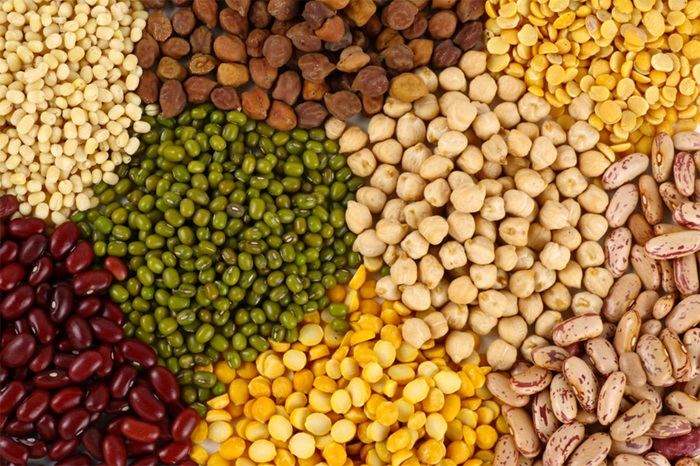Starting from January 1, 2025, Russia will introduce a new export tariff of 5% on peas, chickpeas, and lentils. This decision comes as part of the country’s broader strategy to regulate agricultural exports and ensure domestic supply stability. The government aims to balance international trade with the needs of local markets, which have seen increased demand for these essential legumes.
Supporting Domestic Market Stability
The Russian government has been closely monitoring the production and consumption of pulses within the country. With rising domestic demand, officials are concerned about potential shortages if too much of these crops are exported. By imposing this tariff, they hope to encourage more affordable prices for Russian consumers while still allowing producers to benefit from international sales. This measure is intended to support both farmers and buyers within Russia.
Impact on Global Trade Relations
This new tariff could affect Russia’s relationships with its trading partners. Countries that rely heavily on Russian pulses may face higher costs or seek alternative suppliers. Major importers like India and China might adjust their procurement strategies in response to the tariff. However, the Russian government believes that the benefits of stabilizing the domestic market outweigh any short-term disruptions in global trade.
Encouraging Sustainable Agricultural Practices
In addition to supporting the domestic market, the tariff is also designed to promote sustainable farming practices. By providing financial incentives for local consumption, it encourages farmers to focus on efficient cultivation methods that can meet domestic needs without over-exporting. This approach supports long-term agricultural sustainability and helps ensure food security for future generations.
Industry Reactions and Adaptations
Industry stakeholders are preparing for the changes brought by the new tariff. Farmers and exporters are assessing how this policy will impact their operations and profits. Some may diversify their crop selections or explore new markets to mitigate the effects of reduced export volumes. Meanwhile, processors and distributors are looking into ways to optimize supply chains to accommodate the new pricing structure.
Conclusion
Russia’s introduction of a 5% export tariff on peas, chickpeas, and lentils reflects its commitment to balancing international trade with domestic priorities. While this move may pose challenges for some international buyers, it aims to stabilize prices and supply within Russia. The coming months will be crucial in determining the effectiveness of this policy and its long-term implications for both local and global markets.
Related topics:


